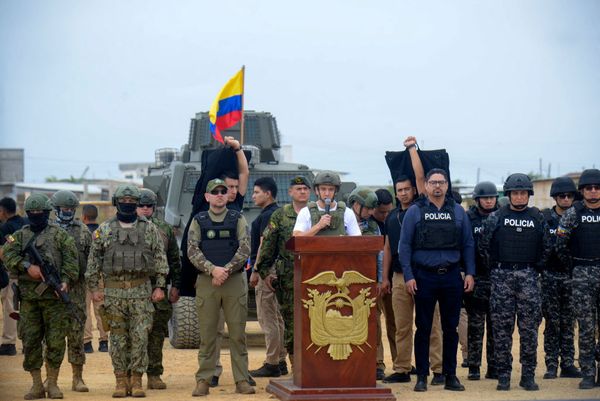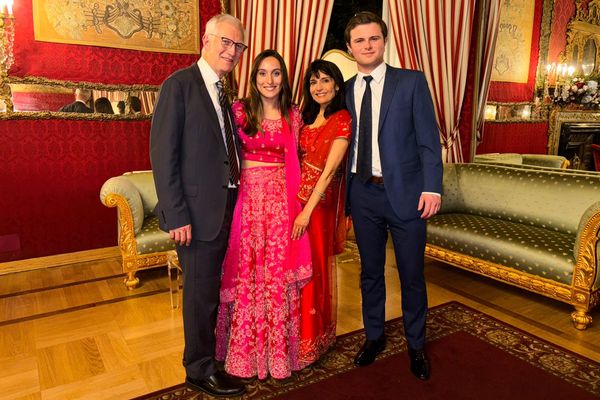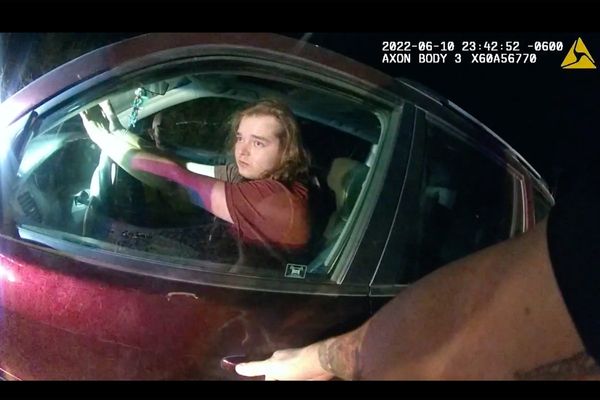What comes after the end of the world? That was the central question of The Last of Us, a breathtaking 2013 video game set in the aftermath of a deadly pandemic that leaves the United States a cutthroat wasteland (so different from the America we see today...). It was adapted, in 2023, for the small screen and showed a pathway – a walkthrough, as gamers say – for the tricky act of converting a beloved game into a thrilling, poignant TV show. What, then, comes next? How do you follow up what followed the end of the world? That’s the task for the second season of Sky’s The Last of Us.
Five years have passed since Joel (Pedro Pascal) saved Ellie (Bella Ramsey), the only person known to be immune to the hellish cordyceps virus, from the clutches of militants who wanted to cut out her brain and turn it into a vaccine. Since then, they’ve made a life for themselves in the utopian outpost of Jackson, Wyoming, where Joel is the de facto leader of a community flourishing while the world ends. But not everything is as rosy as it looks. The mushroom folk are evolving, and waves of migrants still wash up at Jackson’s overstretched walls. “If our lifeboat is swamped,” Joel tells his lieutenants, “we leave them out there.” Governing this community isn’t Joel’s only, or hardest, responsibility. That honour falls to the act of playing daddy to an increasingly surly teenage Ellie.
When an act of violence perpetrated by the mysterious Abby (Kaitlyn Dever) shakes Ellie out of their adolescent malaise, the series springs into action. This is a revenge narrative at its core; Ellie and best friend Dina (Isabela Merced) take a 600-mile journey through scenic Idaho in pursuit of Abby and her faction, the Washington Liberation Front (or “Wolves”). “So much for happy proud rainbow town,” Ellie observes, drily, as they enter corpse-strewn Seattle. In the husk of the city, fungal foes are the least of Ellie and Dina’s problems. This is a maze of “levels”; different obstacles the duo must face in their pursuit of Abby, and justice. It is the show’s video game origins necessarily reasserting themselves.
The success of both Naughty Dog’s acclaimed video game series (although the follow-up instalment is considered something of a “difficult second album”) and the first chapter of the show was born out of its sense of vicious realism. The nature of the virus and the disintegration of civilisation – fast in some places, slow in others – was exquisitely captured. The bond between Joel and Ellie was as moving as any platonic relationship on the telly. None of the savagery of the world has been lost in the intervening half-decade: hordes of goofy undead still come sprinting at our protagonists, and brutal new factions emerge in the darkness. As travelling companions, cynical Ellie and luminous Dina have a relationship that’s more romantically charged, but which retains that chalk-and-cheese dynamic. “I was just trying to sound like a badass,” Ellie tells Dina after delivering a trademark barb. “You don’t need to try,” Dina reassures them.
Bella Ramsey – who cut their teeth helping to face down the Night King in Game of Thrones – has been acclaimed by critics in their role as Ellie, if not by the game’s most rabid fans. As ever, the critics have it right. Their character, here, has developed under Joel’s clear tuition, becoming tougher, more stoical and yet losing nothing of that streak of innocence that immunises them against moral collapse. This season’s main additions to the cast – Dever’s Abby, a broken spirit; Merced’s Dina, a gregarious sidekick; Jeffrey Wright’s Isaac, a loquacious psychopath – add depth, even while Pascal is largely absent from the main narrative. This is a well-drawn world, and the population is expanding beyond its compelling protagonists.
Perhaps it’s too fanciful to imagine that a show of this scale and budget would get greenlit without some existing IP, in this case a video game series, to draw from. Those origins are, at times, a narrative drag. After all, in the game, you can die and die and die again, meaning every scenario involves near-certain death. You just reset and go again. But here, the odds are, necessarily, forever in our heroes’ favour. There are no save points in a linear narrative. And yet the show must do enough to appease the 10.3 million people who bought The Last of Us Part II, and whose expensive Sky subscription is possibly predicated on that fandom. And so, the narrative unfolds in a way that owes more to its source medium than its destination genre – building, always, through paths of discovery, towards a showdown.
Is The Last of Us a great TV show or just a great adaptation of a video game? In truth, it sits somewhere between these positions. Its origins are an unspoken constraint but showrunner Craig Mazin (and Neil Druckmann, the architect of the game, who co-creates this adaptation) have done a fine job translating for the screen. The world has ended over and over, on screens big and small, but it has rarely been as plausible – or compelling – as the barbaric wasteland in the second season of Last of Us.
‘The Last of Us’ season two begins Monday 14 April on Sky and Now







